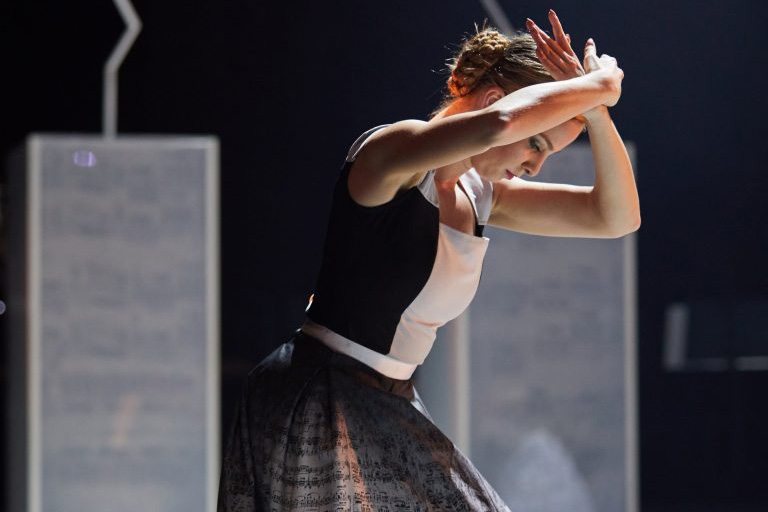
Through live music from the Royal Philharmonic Orchestra and guests including world renowned Canadian violinist Alexandre Da Costa, and traditional dance from Hungarian State Folk Ensemble, Hungary’s music and dance history will be celebrated in an evening concert. Opening with the folk and classical music that has inspired composers such as Bartók to fall in love with Hungarian peasant culture, the evening then shifts to focus on one of the most famous Hungarian composers, Franz Liszt. With music that reaches across the centuries, these mosaics of instrumental, dance and song arrange themselves into a single, grand tableau to bring the past to life and find the roots of our own present. In addition to works by Liszt, the evening features the music of Paganini and Chopin, contemporaries who influenced the composer, alongside some of the finest pieces of Hungary’s romanticism.
Liszt Mosaics is founded on three thematic pillars, emblematic of his life’s work: Liszt the Hungarian, Liszt the priest and Liszt the virtuoso. Through the concert performance, the performers explore how the individual aspects of the composer are interdependent and defined by each other.
Hungarian State Folk Ensemble has travelled the world for more than 70 years, bringing a diverse repertoire of dances, some of which are centuries old, and have previously drawn inspiration from the classical works of Bartók and Kodály. They will be travelling to the UK with: violinist István “Szalonna” Pál who plays authentic folk music; Saint Efrém Male Choir, specialists in Hungarian Byzantine music; and pianist Marcell Szabó
Joining them from the UK and Canada are the Royal Philharmonic Orchestra and violin virtuoso Alexandre Da Costa, winner of many national and international first prizes, including the International Violin Competition Pablo Sarasate.
Director-choreographer Gábor Mihályi said, “I hope that my wishes will be fulfilled to combine the performance of this traditional folk music and song with my choreographic approach that will result in an interesting and exciting show for the London audience. With this show, while it is inspired by folk-dance, our hope is that its nature of being quite contemporary will come to the forefront, and that the tradition only appears in a less obvious way because it’s very much a show for today’s world. The aim is to leave the museological approach towards folk-dance behind. My hope is that this joint artistic work of dance, of music, and of visual elements of contemporary dramaturgy will be a very colourful spot in the London scene.”
(One Dance UK – Liszt Mosaics at Sadler’s Wells, 15 December 2021)

